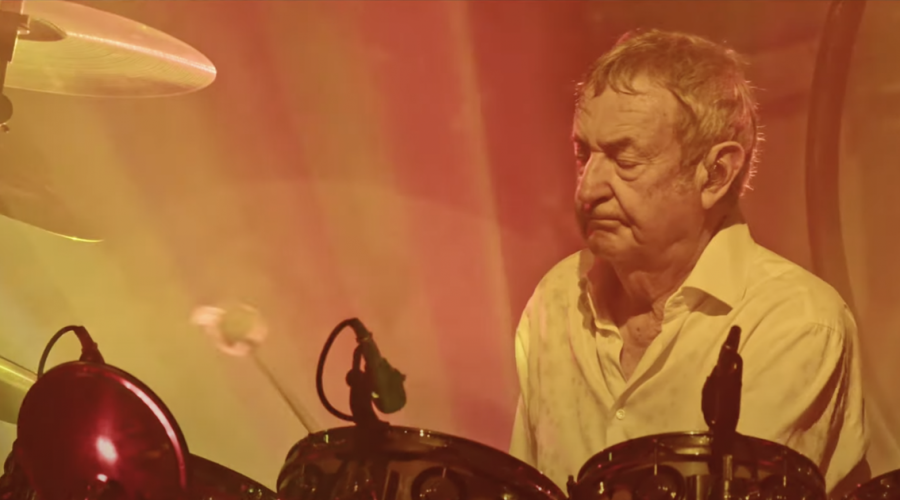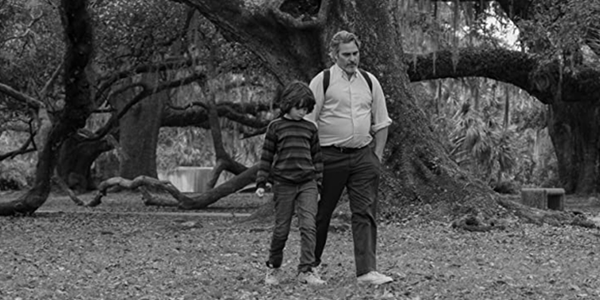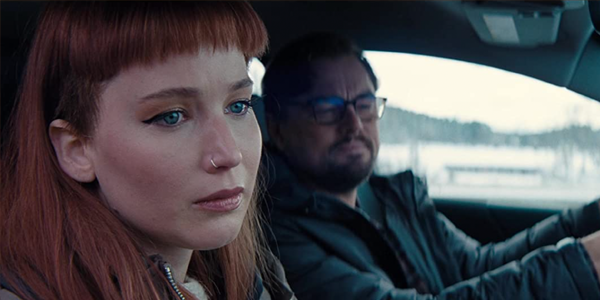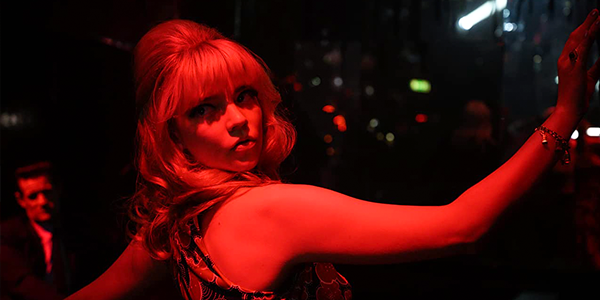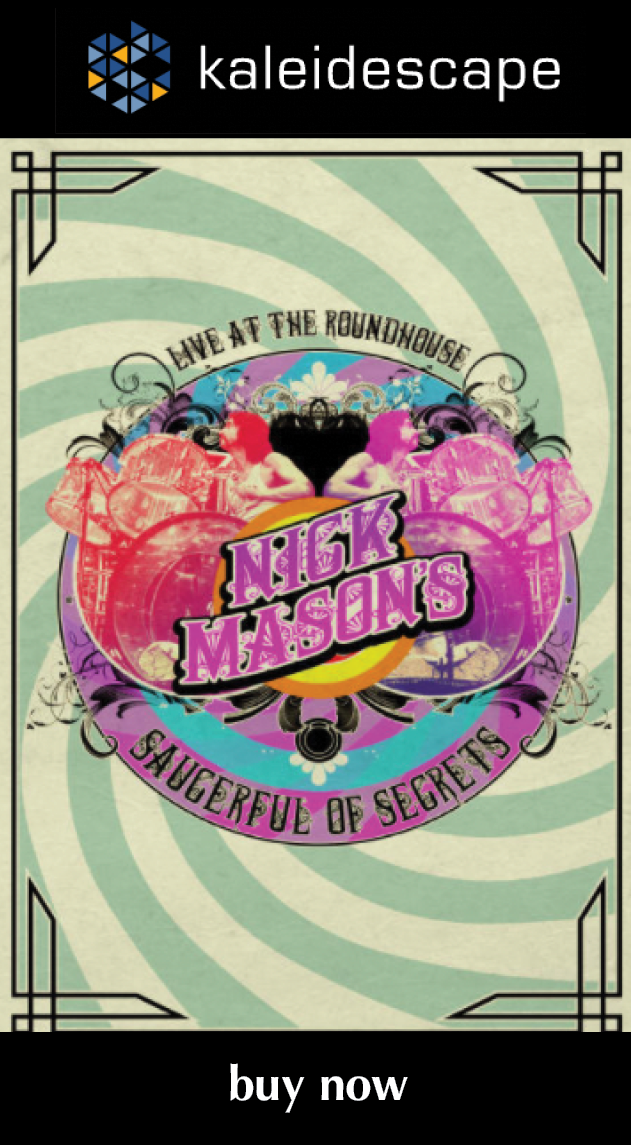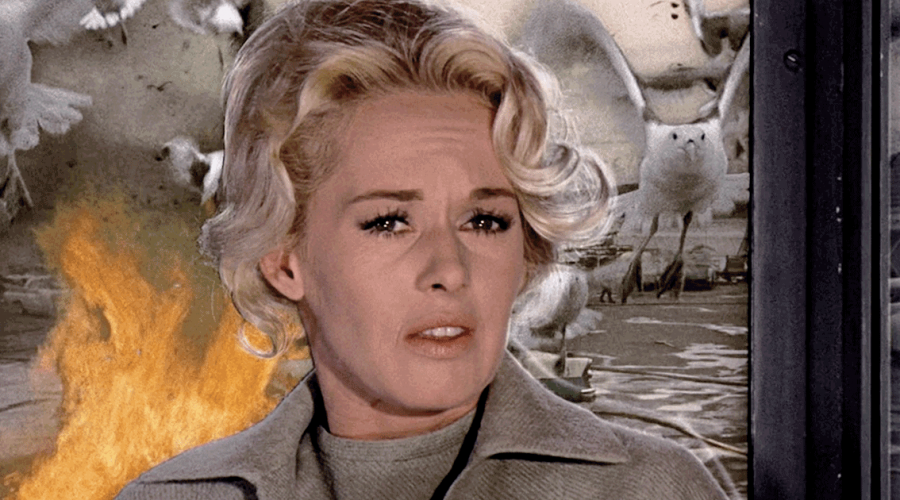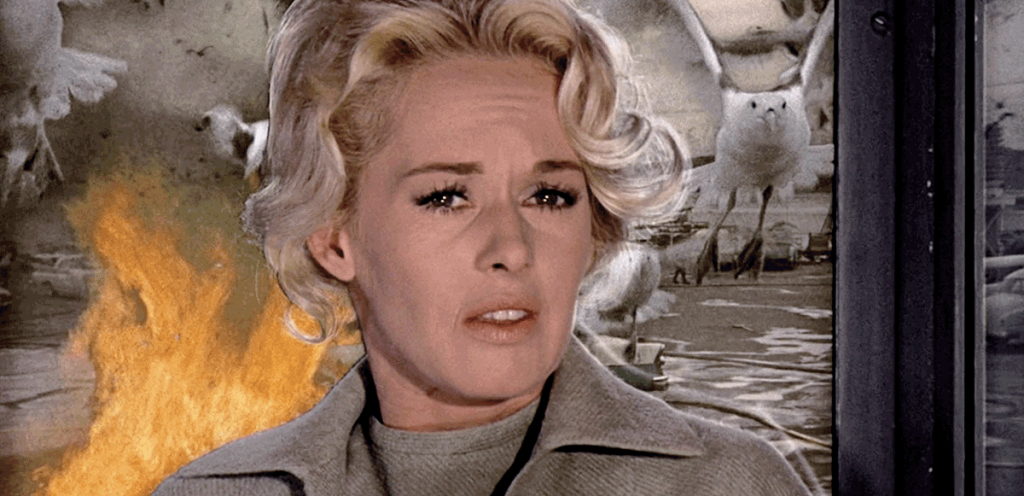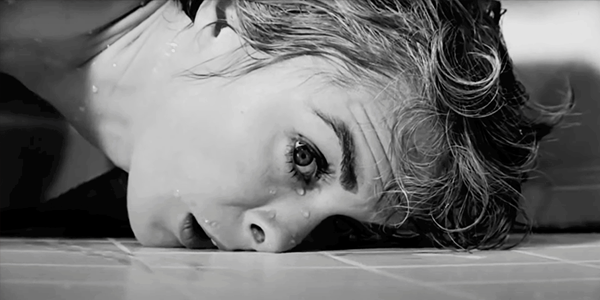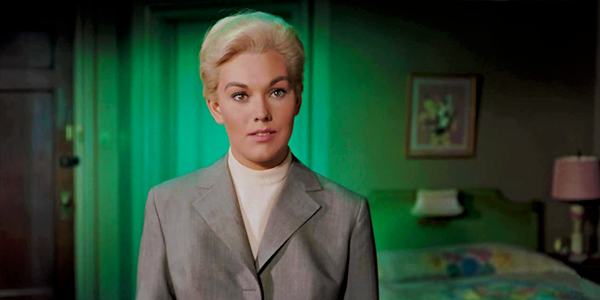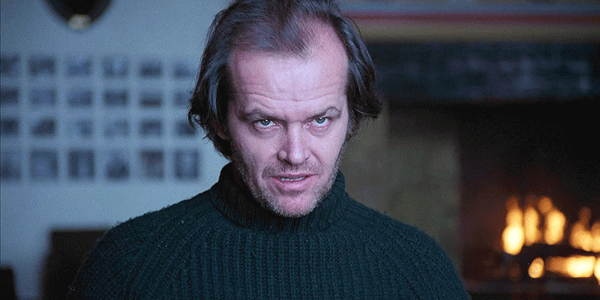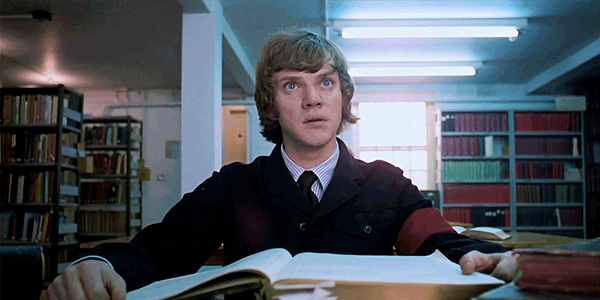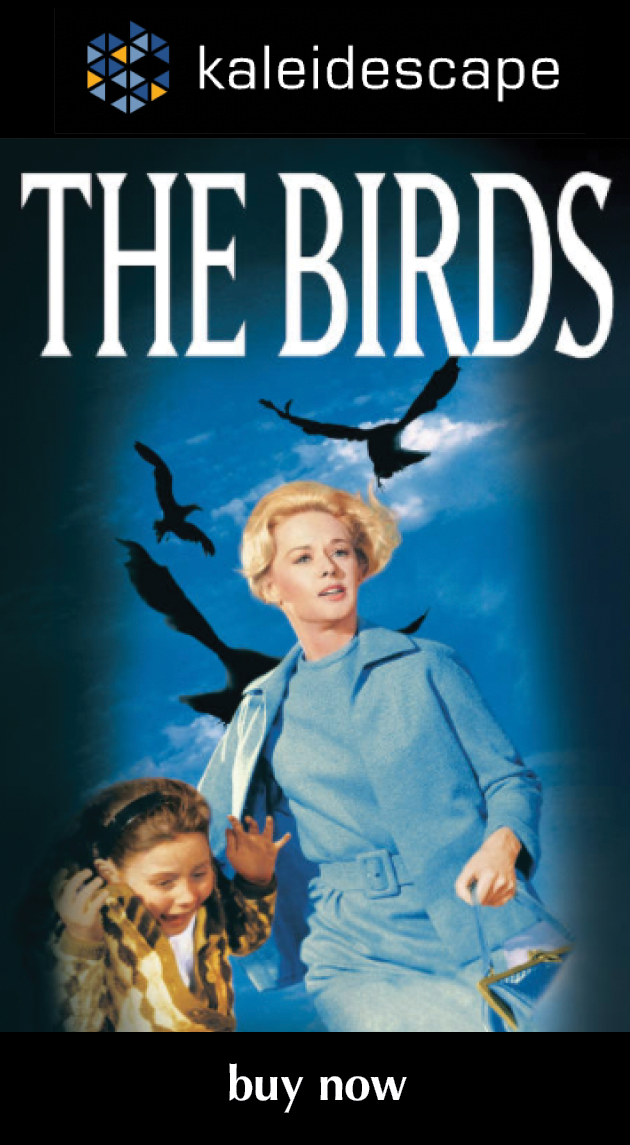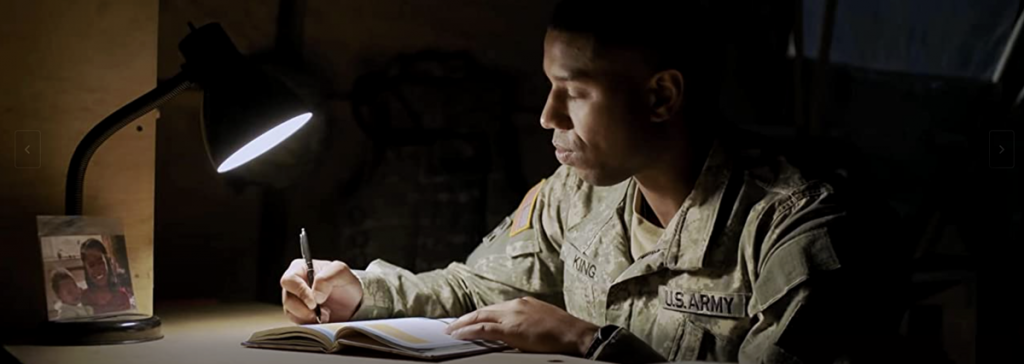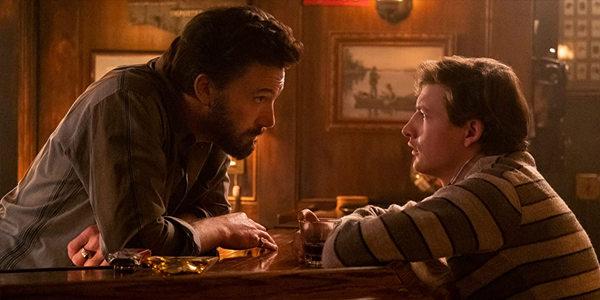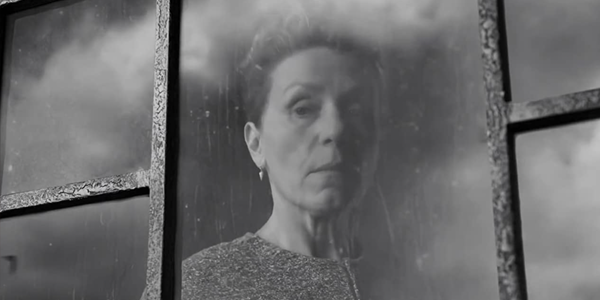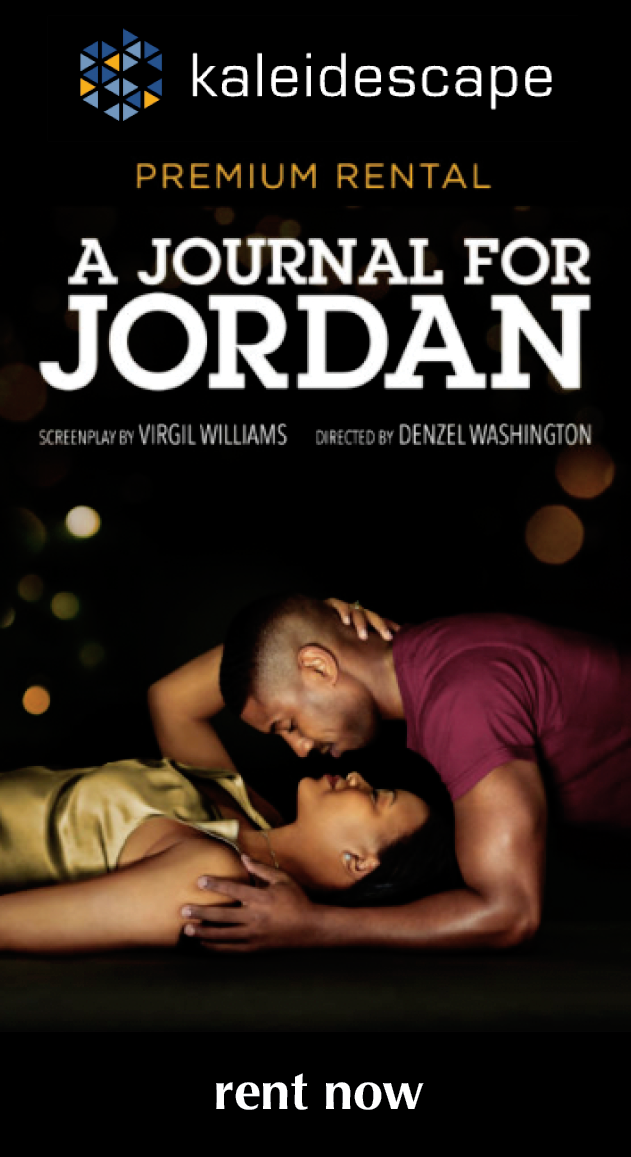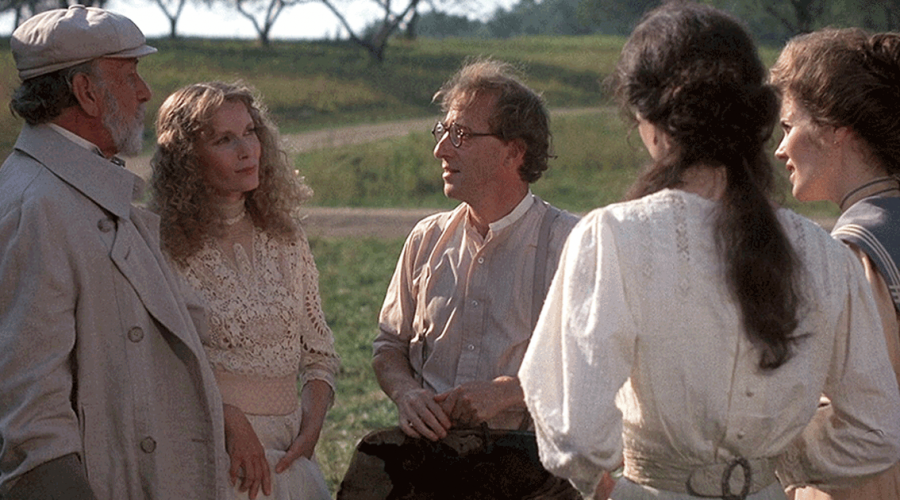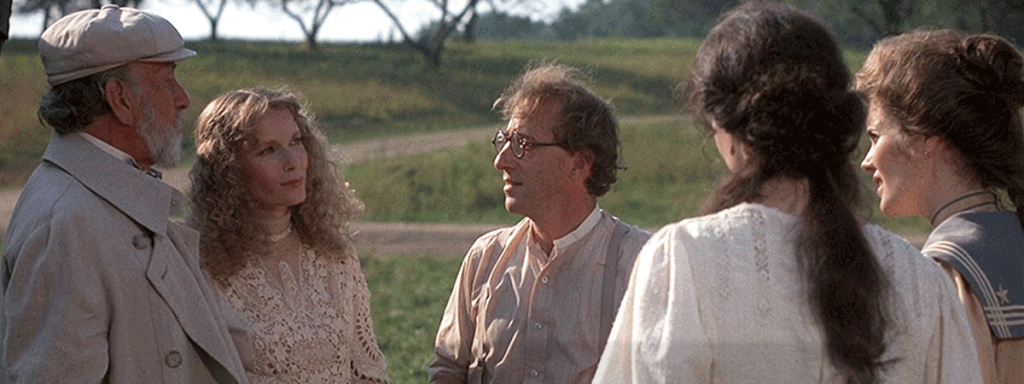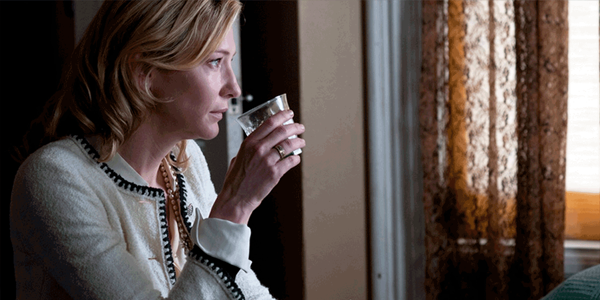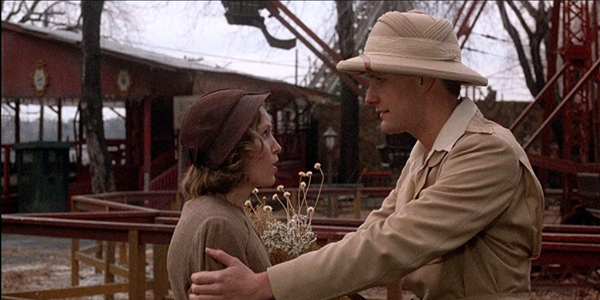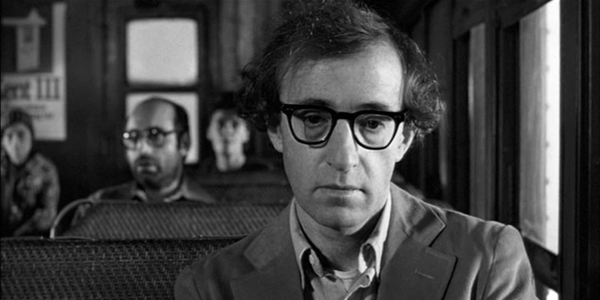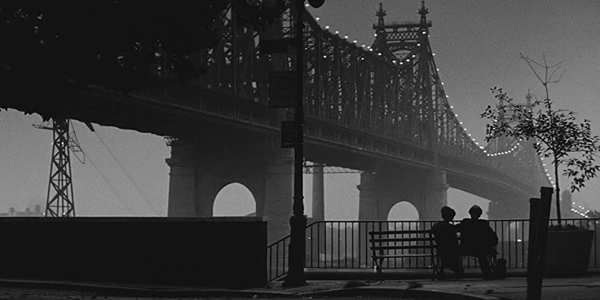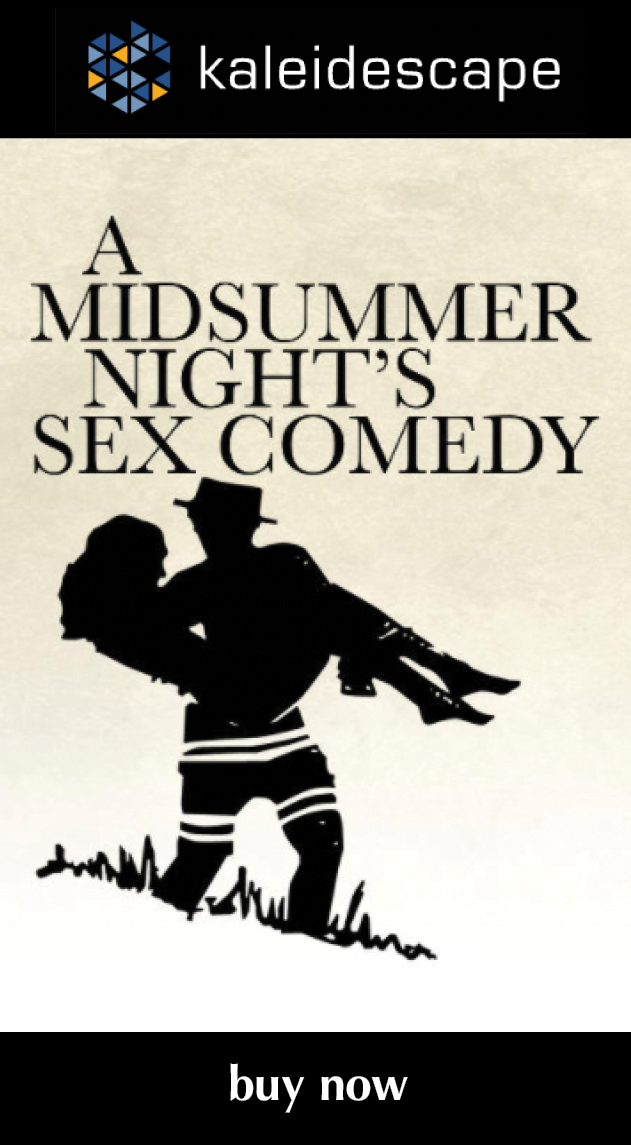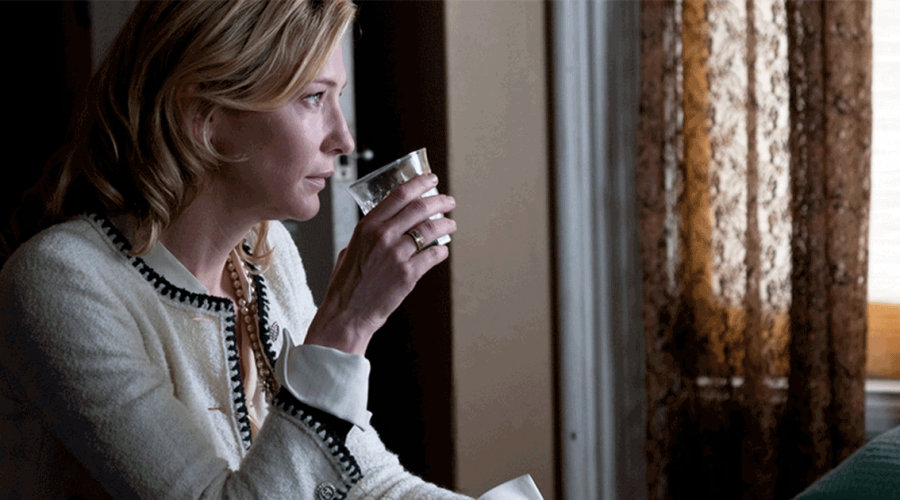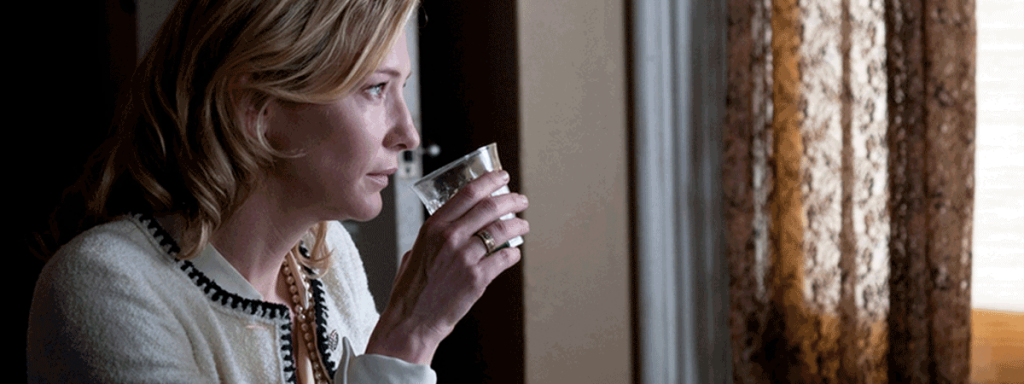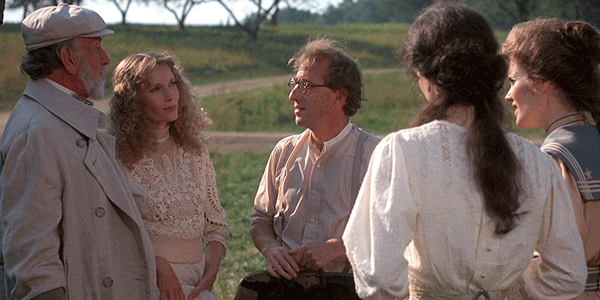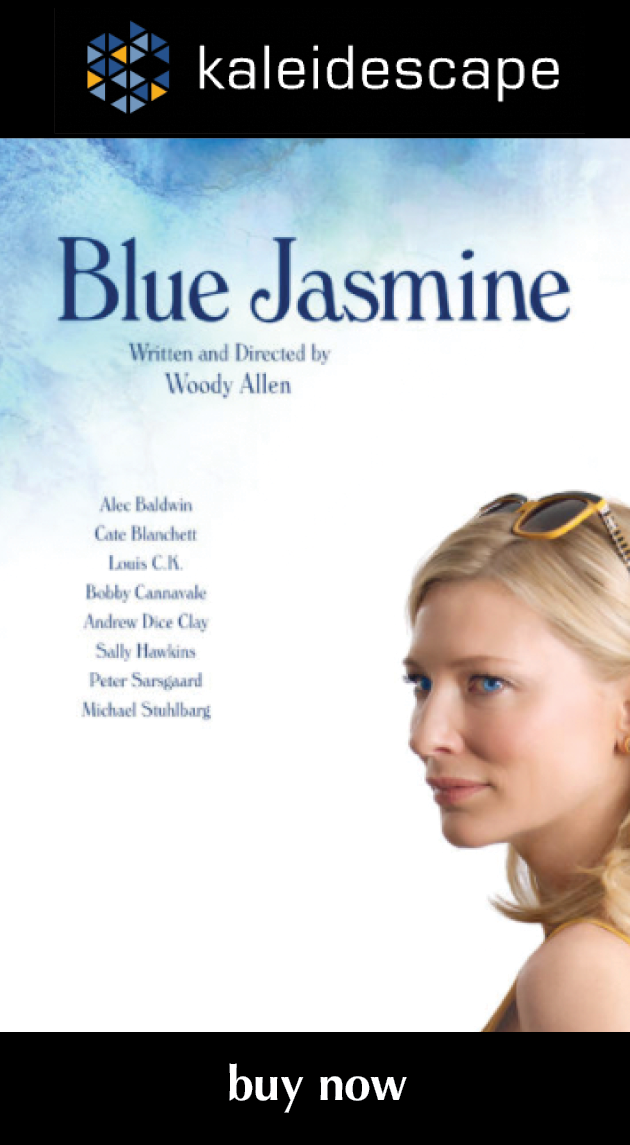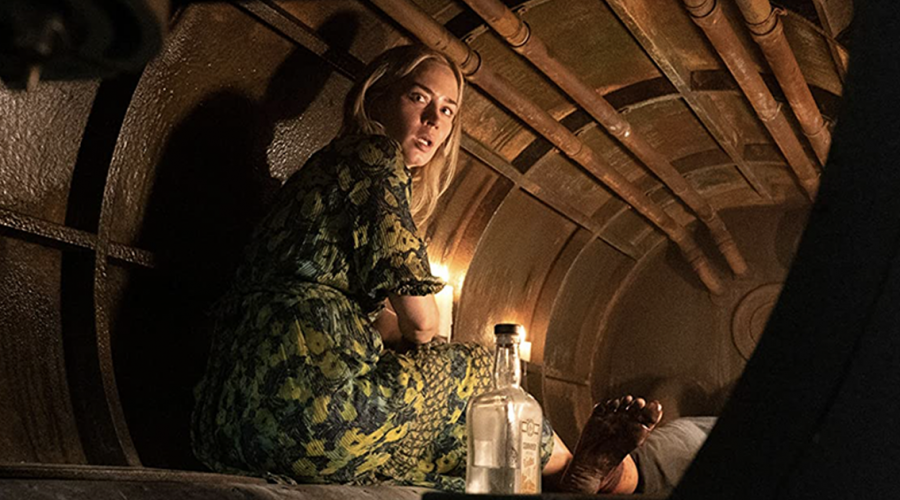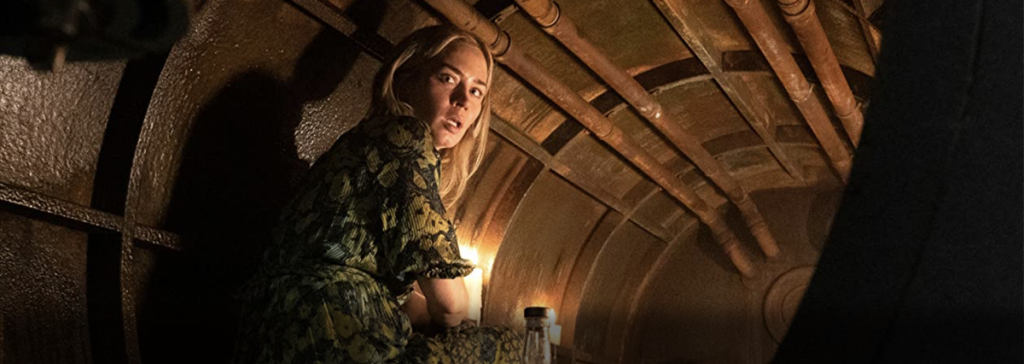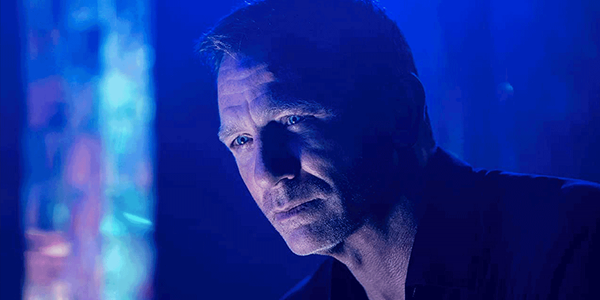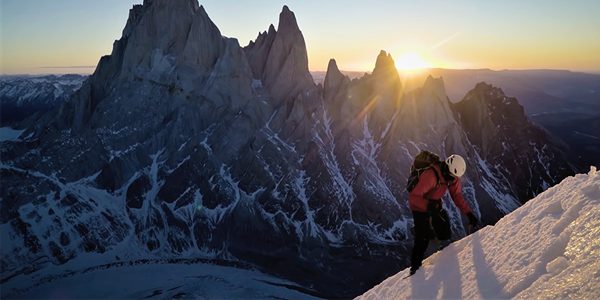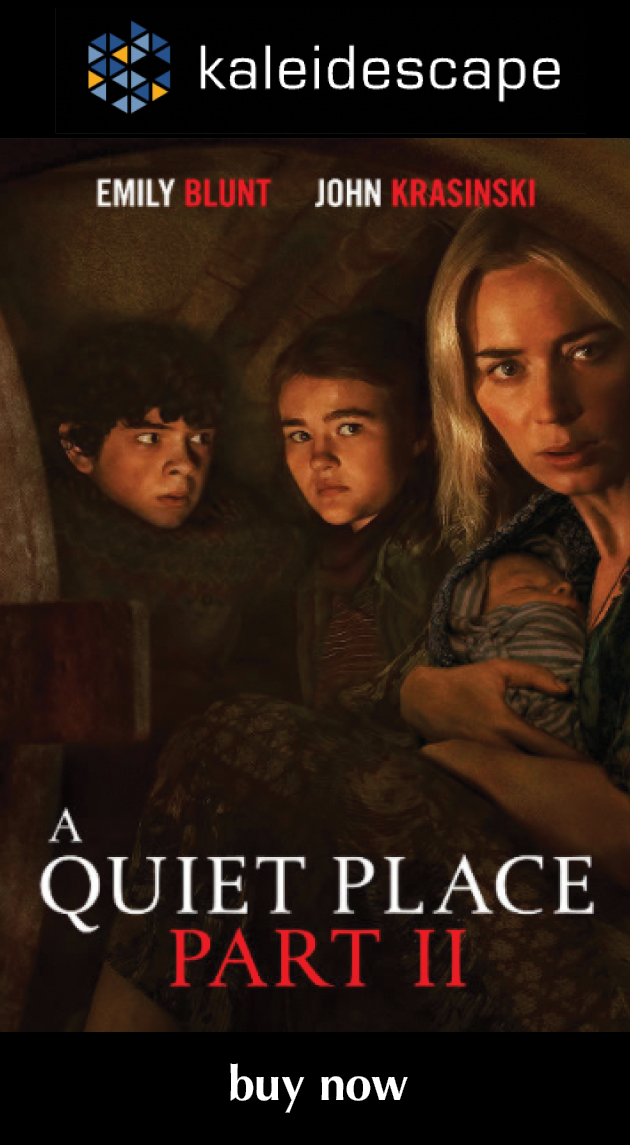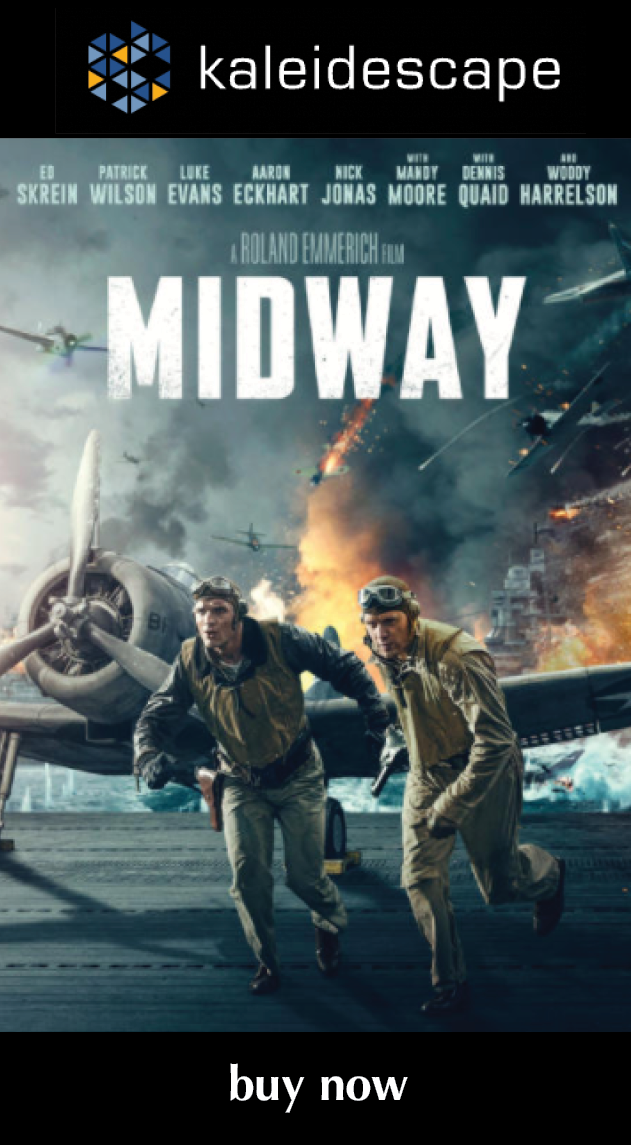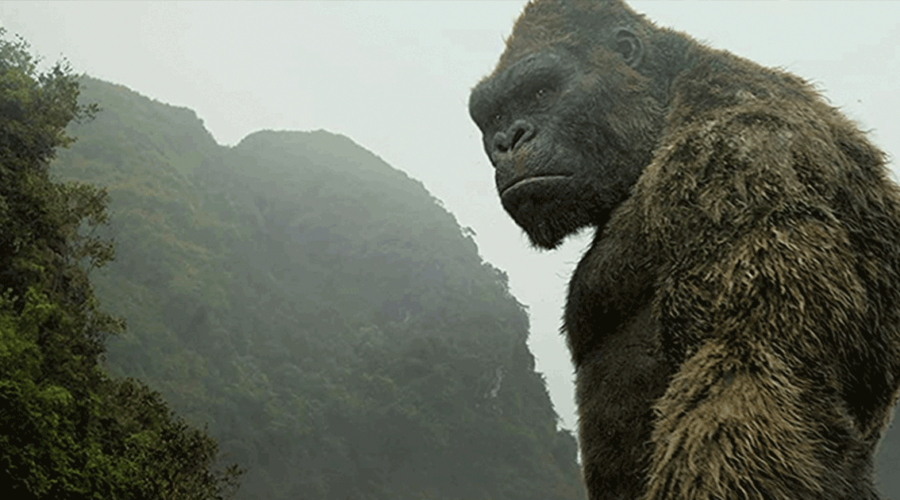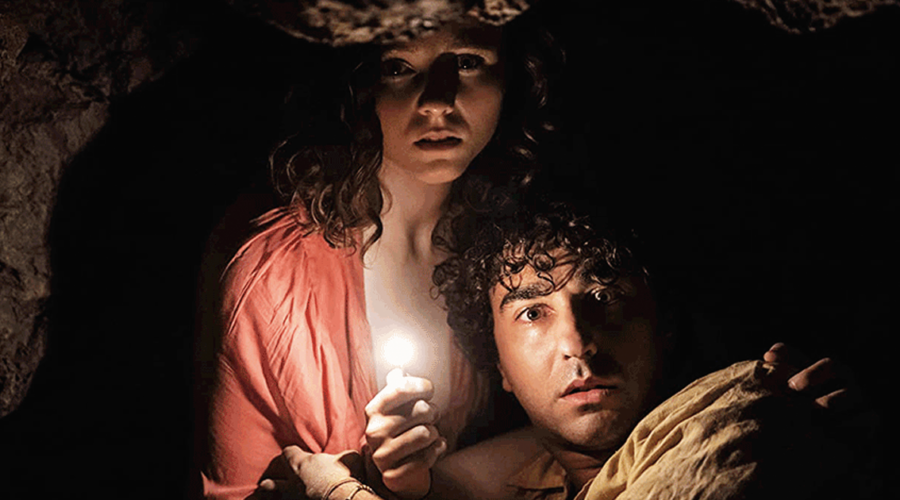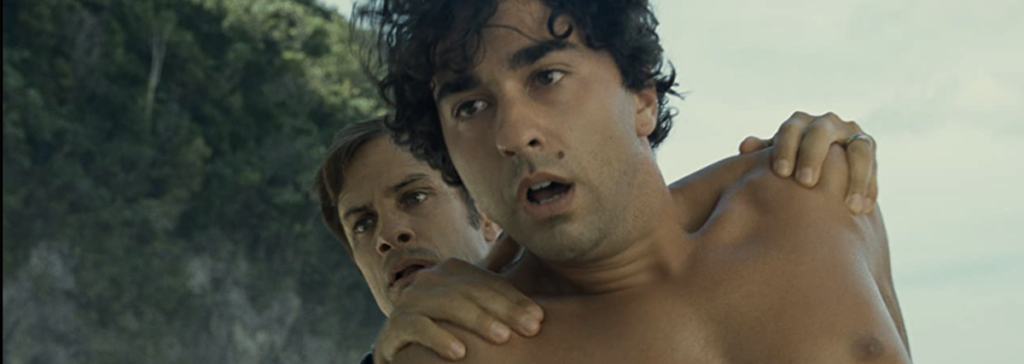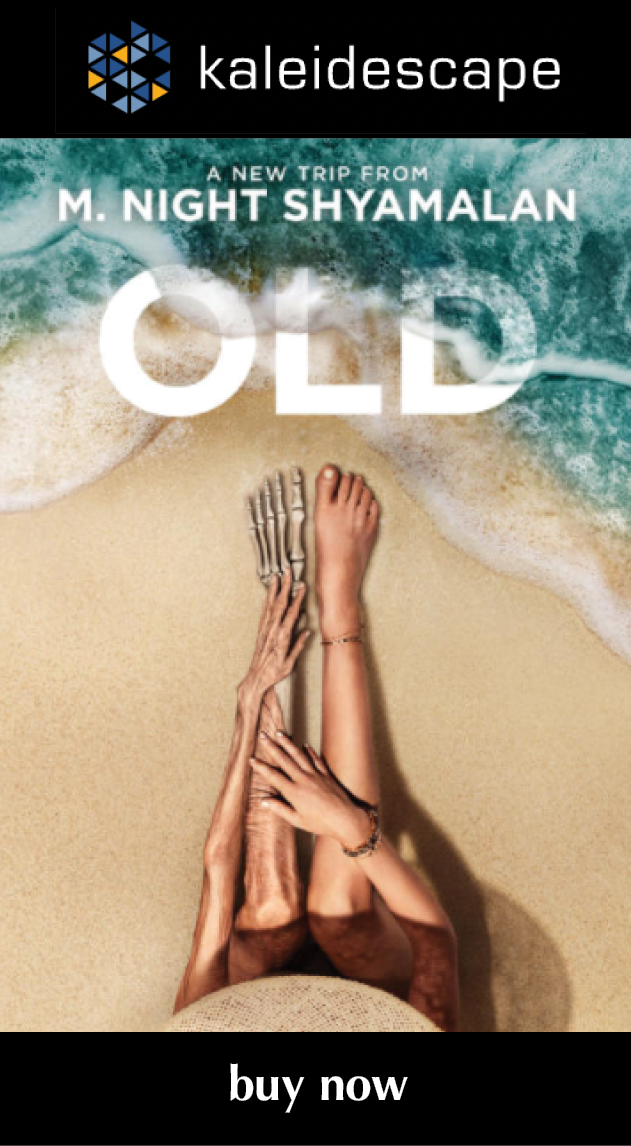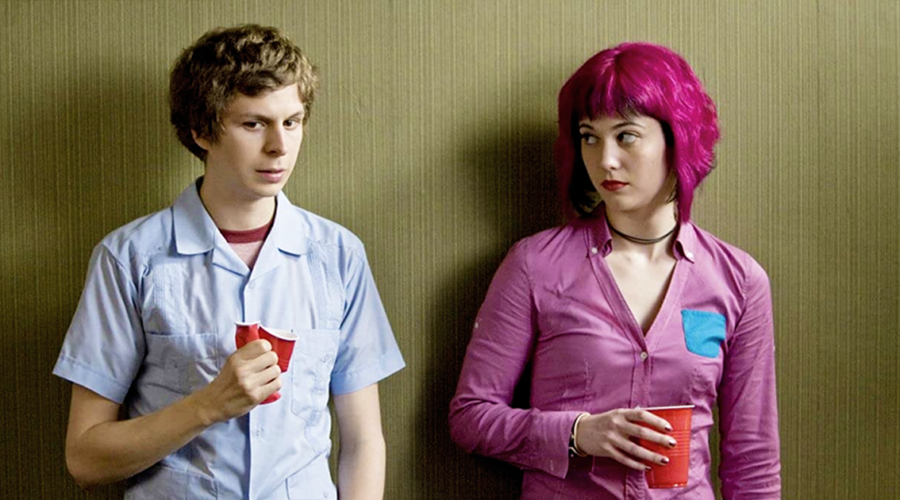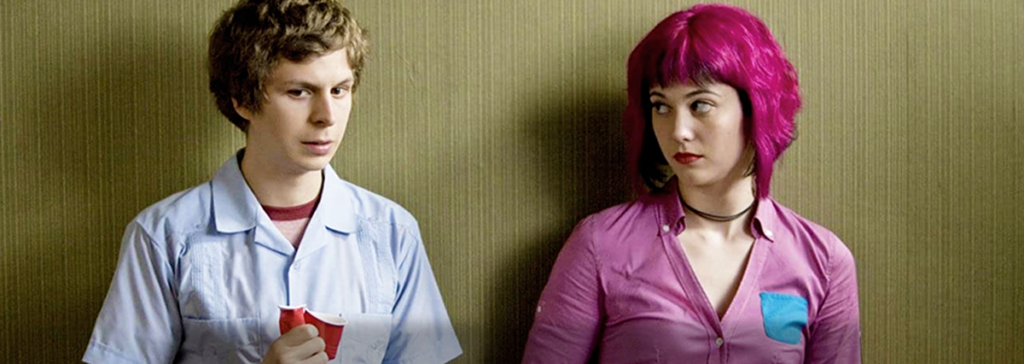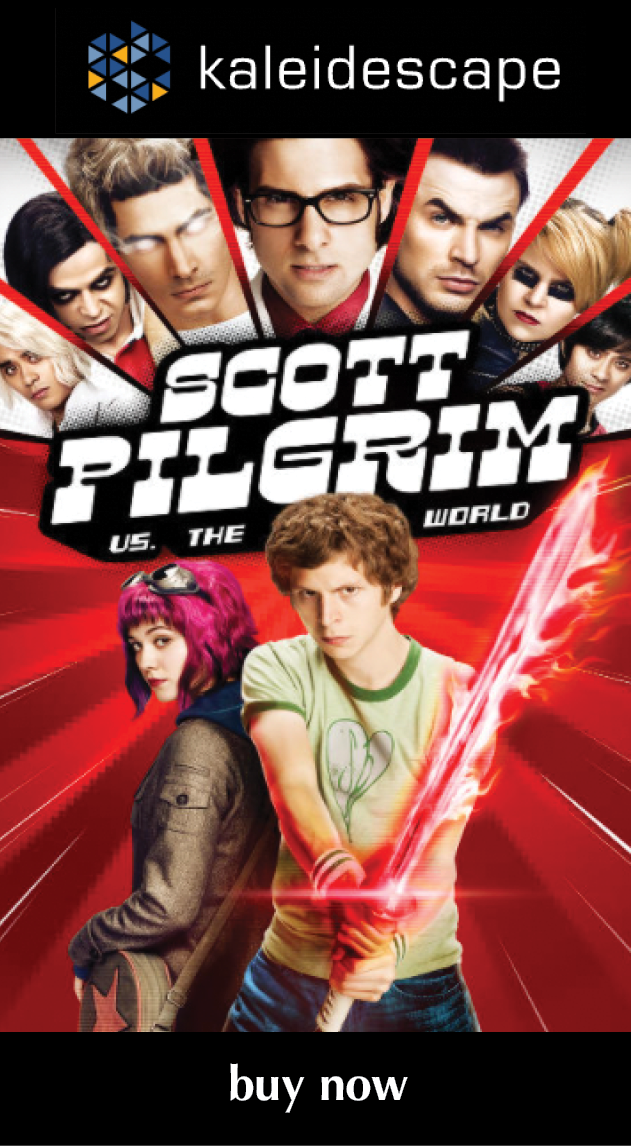Review: Nick Mason’s Saucerful of Secrets
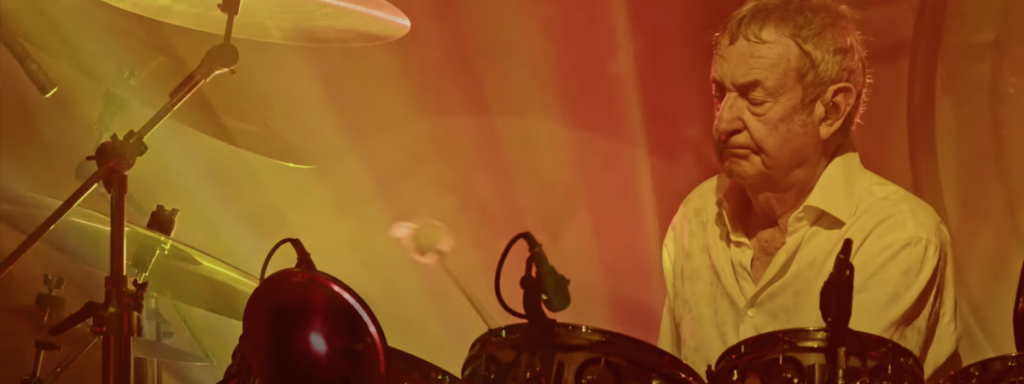
review | Nick Mason’s Saucerful of Secrets
The Pink Floyd drummer covers their early catalog without turning this concert film into a greatest hits compilation
by Dennis Burger
January 28, 2022
For most people, Pink Floyd’s catalog may as well have kicked off with Dark Side of the Moon. I rarely meet anyone with more than passing familiarity with any of the band’s output before 1973, except for perhaps “One of These Days,” which was a staple of their live shows right up to the end. So Nick Mason’s Saucerful of Secrets: Live at the Roundhouse may be a bit of a hard sell for more casual fans given that it features Floyd’s original drummer along with a band of his own assemblage performing songs exclusively culled from 1967’s The Piper at the Gates of Dawn through 1972’s Obscured by Clouds.
But hear me out on this one: I went into Live at the Roundhouse expecting to be entertained by live performances of these formative tunes as a pre-existing fan. It didn’t take long to figure out, though, that this film—and it is indeed a film, not merely a concert video—works more to instill appreciation for pre-Dark Side Pink Floyd than it does to merely delight the already initiated.
Part of that has to do with the performances. Mason and his bandmates—Guy Pratt (who played bass on Pink Floyd’s legendary Delicate Sound of Thunder), Gary Kemp (of Spandau Ballet fame), Dom Beken (perhaps best known for his work alongside Pratt in The Transit Kings), and Lee Harris (who orchestrated this whole get-together)—straddle a fine line between fidelity to the original music and making it their own. The latter, for the most part, comes from never attempting to ape the vocal timbres of Syd Barrett, Roger Waters, or David Gilmour, as well as dropping some of the weird affectations that make so much of Pink Floyd’s early stuff a bit of an acquired taste. In short, they’ve preserved the foundation of what still works about the music and eliminated some of the set dressing that doesn’t stand the test of time. As a result, these performances quickly became almost universally my favorite renditions of the 22 songs collected here.
But as I said, Live at the Roundhouse isn’t merely a concert film—it’s also something of a documentary about the formative years of Pink Floyd and the historical context in which they formed as well as the creative impulse that led to the formation of Nick Mason’s Saucerful of Secrets. There’s a nice mix of archival footage and new behind-the-scenes segments, and although I tend to abhor that sort of thing muddying up my concert footage, it’s all artfully constructed and assembled, and works well to reinforce the intentions behind this project. If you want to skip these parts on subsequent re-watches, Kaleidescape lets you jump straight to the songs and bypass the documentary bits, but you should watch it all in a go at least once, just to get the complete picture.
Even the concert footage breaks from the traditional molds with some truly fascinating camera angles and compositions, and thankfully not a lot of gimmicky video effects. Kaleidescape also presents the film in UHD resolution, whereas the best you’ll come across on disc is a hard-to-find HD Blu-ray release or, more commonly, a two-CD/DVD combo. Not having seen the film in HD, it’s difficult to say how much those extra pixels really matter, but there are quite a few nice textures and details that enhance the experience, and I never saw any of the aliasing or moiré that so often afflict concert films of this sort. Overall, it’s a wonderfully colorful and dynamic presentation, and although I might have liked to see the sort of enhancements HDR grading would have added to the stage lighting, I didn’t miss them in the moment.
Kaleidescape’s 4K download carries over the 5.1 soundtrack from the Blu-ray release but encodes it as DTS-HD Master Audio instead of Linear PCM. It isn’t an easy mix to sum up in a few pithy sentences without sounding like I’m tripping over caveats but the bottom line is that the sound is as weirdly effective as it is fascinating. The key thing defining the mix is that there seems to have been an effort to capture the sound of the Roundhouse itself, especially its tonal colorations. My immediate instinct as soon as the show started was to characterize the sound as somewhat thin, part of which is a consequence of the fact that the mix starts very straightforward and centered. But even once it begins to expand laterally and then into the surround channels (which it does quite dramatically and quickly), there’s still a lot of room sound that you don’t often hear in concert videos.
But you get used to that pretty fast. Once immersed in the presentation, the only complaint you could have about the audio is that it’s ever-so-slightly bass-light. Your subwoofers won’t feel completely left out but neither will they run up your power bill. On the other hand, the whole soundtrack up-mixes gorgeously into Dolby Atmos, and if your system has such capabilities, I’d recommend engaging them.
Honestly, though, all of the observations about presentation take a backseat to the experience of Live at the Roundhouse. I’ve never seen anything quite like it, and that extends to everything from the cinematography and sound mix to the performances to the interwoven history lesson to the energy of the audience, which is far from the geriatric crowd you’d see at, for example, a Phil Lesh and Friends show. The fans obviously didn’t buy their tickets in anticipation of a lazy Greatest Hits compilation. There’s this beautiful and magical moment early on when the crowd just spontaneously decides, seemingly telepathically, that they’re going to handle the backup oohs and ahhs for “Fearless.” And I’m honestly not sure if it’s the fact of the proficiency of the performance that turned this deep cut into one of the highlights of the whole affair.
It’s at this point where, in any other review of this sort, I’d tell you Nick Mason’s Saucerful of Secrets: Live at the Roundhouse is a must-purchase for fans of early Pink Floyd music but this is not that sort of release. I think you’ll actually get more out of the film if you’re only sort of casually aware of the existence of the band’s first seven albums. If nothing else, there’s a good chance you’ll walk away from the experience with a new favorite Pink Floyd tune you’ve never even heard before now.
Dennis Burger is an avid Star Wars scholar, Tolkien fanatic, and Corvette enthusiast who somehow also manages to find time for technological passions including high-end audio, home automation, and video gaming. He lives in the armpit of Alabama with his wife Bethany and their four-legged child Bruno, a 75-pound American Staffordshire Terrier who thinks he’s a Pomeranian.
PICTURE | UHD resolution allows for quite a few nice textures and details that enhance the experience without any of the aliasing or moiré that often afflicts concert films.
SOUND | The 5.1 DTS-HD Master Audio mix, which seems to be trying to capture the sound of the concert venue, is a little bass-light but up-mixes gorgeously into Dolby Atmos.
© 2025 Cineluxe LLC
